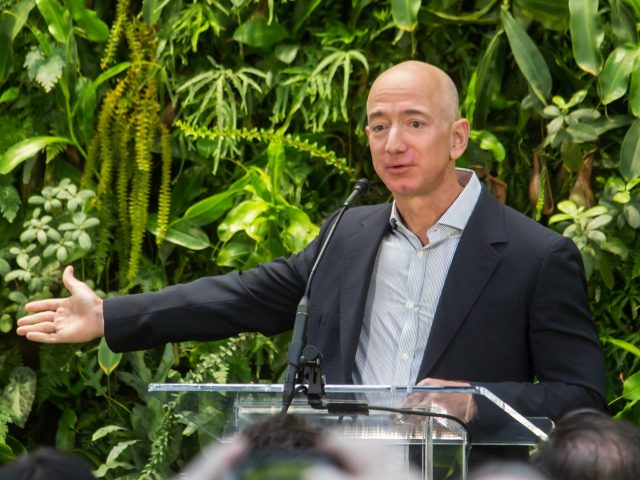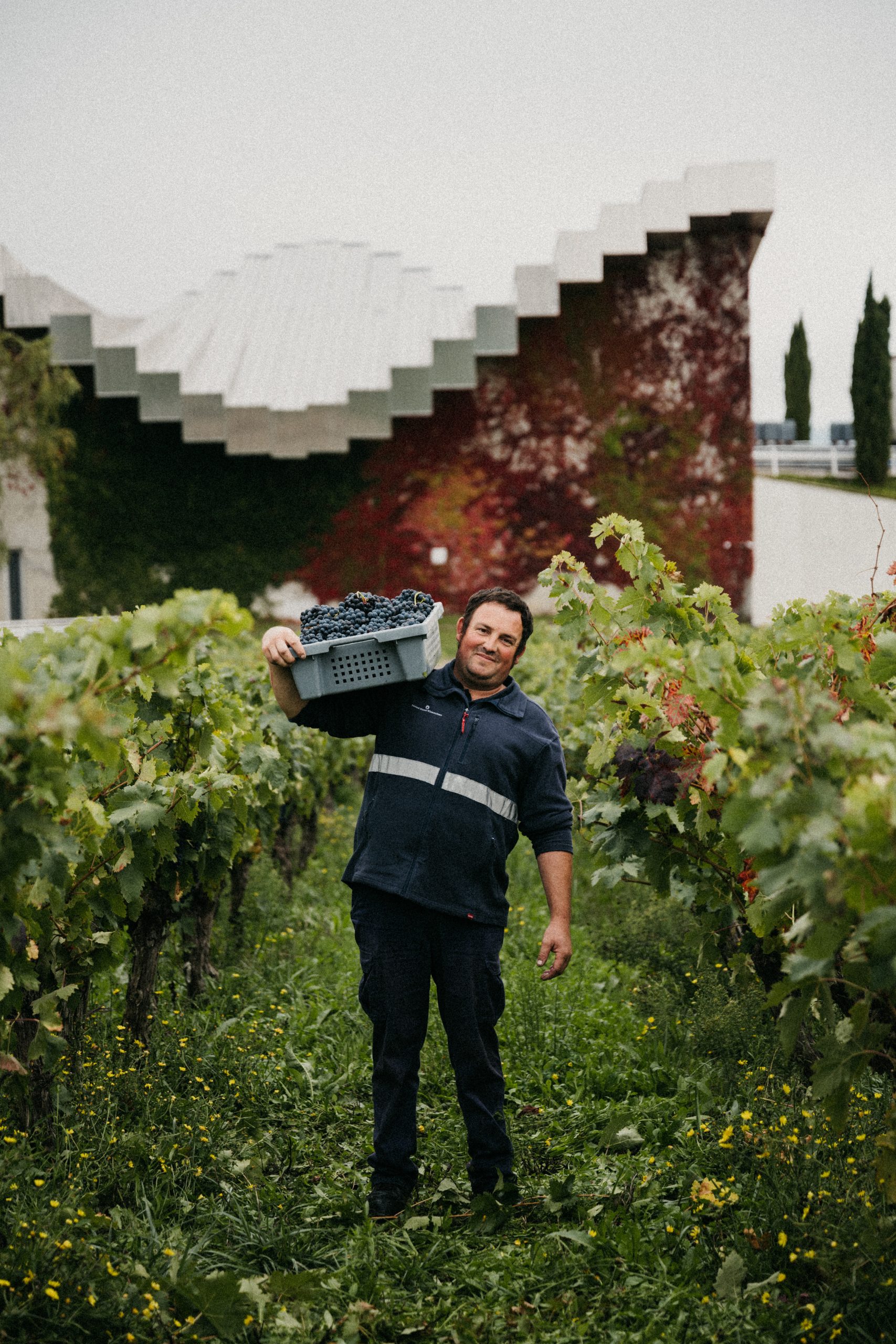Did Amazon’s Jeff Bezos really get a poor deal on his choice of wine?
Amazon founder and billionaire Jeff Bezos has been mocked for spending US$4,285 on an off-menu bottle of Dugat-Py Grand Cru during a meal in France. But was it a bad deal? We investigate.

The story begins with a bottle that was purchased during Bezos’ dinner at La Petite Maison in Cannes to celebrate his engagement to Lauren Sanchez. Here, the Amazon founder spent $4,285 on a bottle of red wine that, according to reports, has recently sold for just $647 at auction.
Jokes then spread across social media, in particular a New York store, Parcelle Wines – co-incidentally dubbed the ‘cool kid wine shop’ by Vogue – which was one of the first to draw attention to the wine mark-up.
View this post on Instagram
But did Bezos get a poor deal for his cash?
First, of course, let’s discuss the wine. The Dugat family, which is now headed by 12th and 13th generations Bernard Dugat and his son, Loїc, have been growers in Gevrey-Chambertin since the early 17th century.
The family’s holdings include four of the great grands crus of the village: Chambertin, Mazis-Chambertin, Charmes-Chambertin and Mazoyères-Chambertin. The average age of the vines across the domaine is over 70 years, although several wines are labelled Très Vieilles Vignes, with many of the vines from which they are sourced being over a century old.
The Domaine has been organic since 2003 and makes use of biodynamic practices. Several vineyards have recently been converted to the high-trellised tressage system of vine training. The Domaine buildings are located in the historic centre of Gevrey-Chambertin, at the foot of the Combe de Lavaux. Ageing of the wines takes place in the 11th and 12th century cellars beneath the Domaine.
So, the wine has pedigree, but what of the price?
Here, there is some confusion about what Bezos actually bought. Did Bezos order the wrong wine, have the journalists and social media posters got it wrong, or did he pay a big mark-up?
According to wine-searcher, the average bottle of Dugat-Py Chambertin Grand Cru is £2,390 at the time of writing, a long way off the low price quoted to the New York Post, which suggests Bezos went for the Dugat-Py Charmes-Chambertin bottle that averages £484. Admittedly, alongside this confusion about what actual bottle of Domaine Bernard Dugat-Py was purchased, there is also a wide variety of prices, of course, depending on vintage, bottle quality, and how the wine has been stored.
Partner Content
Let’s assume it could have been either the cheaper or the more expensive bottles. Regardless, the mark-up on both is very steep, and ranges from 70-80% to around 800%.
In the past, the drinks business has written on wine mark-ups in restaurants and price setting on wine lists – including how margin is created. In 2016, Jay Rayner questioned the mark-up on bottles of wine, and last year also talked about how a wine list at Lerpwl in Liverpool saw the price of wine jumping from £32 to £60 – with nothing in between. Interestingly, those two wines mentioned at Lerpwl retailed in the off-trade at £13.85 and £18.99 respectively. So one providing significantly better value than the other.
With the industry standard being for restaurants to price bottles with a 200-300% mark up on retail price, the pricing does seem broadly in line with what customers should expect for the £32 bottle, but the £60 bottle is over that ‘limit’.
Using this example, it would put the Bezos bottle in a similar ballpark, if the average price quoted online for the more expensive wine is to be believed. But, as Ritz wine sommelier Giovanni Ferlito told db in 2016, the more expensive a wine, the less likely it is to have quite as high a margin.
A wine costing several hundred of pounds or £1,000 on a wine list might be carrying a margin of 20%, even 10%. As Ferlito said: “you can’t put the same selling price on a wine you buy for £200 as the one you buy for £20 or it would be impossible to sell those [more expensive] wines.”
This would mean that Bezos probably didn’t get a great deal on the wine, even if it was the more expensive bottle than previously suggested.
The margin game
So how can restaurants justified the mark-up?
We found that margins are rolled into the general profit then used as needed. In cities such as London – and probably locations like Cannes – that is mostly on rent. For example, if you look at La Petit Maison’s wine list where Bezos bought the wine, its list is not particularly expensive, and does fall within the margins you would expect for the kind of establishment and clientele it caters for. A Patrice Rion Cote de Nuits villages would set you back €80 in the restaurant, but can be bagged on the off-trade for around £32. Not a large mark-up at all.
And where does this money go? Some of the margin does come back directly to wine, but also, one needs to considers the cost of broken or new glassware, capsules for Coravins, candles, silverware — and even reprinting the wine list. Additionally, sommeliers will sometimes ‘game’ the list and apply lower margins to wines they find interesting and wish to sell more of, further confusing the situation. Also, the cost of storing and maintaining very expensive wines in the cellar should also be considered.
We discovered it was very difficult to give an exact breakdown for wine margin. Not only are restaurants not terribly inclined to discuss revenue but profits from wine are largely subsumed into the restaurant’s wider revenue stream and used to pay essentials such as rent and staff wages. “In most restaurants there’s no allocation of where it goes to,” admitted veteran London sommelier Ronan Sayburn MS.
Also, the cost of glassware and wine lists can be a critical factor. For example, the list at The Ritz covered 800 wines and was 76 pages long when db spoke to Ferlito in 2016. At that point, it was reprinted twice a week, at no little expense. Additionally, a Zalto stem glass can cost about £12. If four are broken in an evening then you’ve instantly wiped out the entire profit on a mid-list bottle of close to £50.
So did Bezos get caught out? The reality is that he was in a fantastic restaurant in a beautiful location enjoying a great wine with his new fiancée and had enough money in his bank account to buy the entire wine cellar many times over.
There isn’t a price on that.
Related news
For the ninth day of Christmas…
The db wine crime files 2025: part 2
'Rare buying opportunities' as fine wine prices hit a five-year floor




